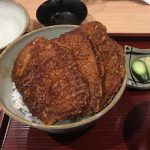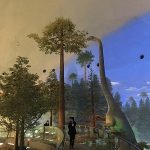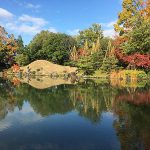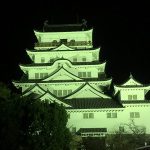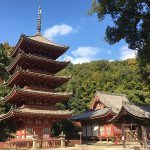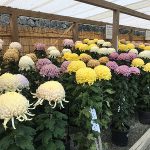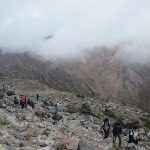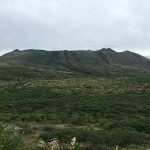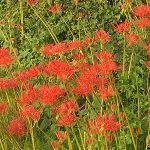Katsudon is a bowl of rice topped with a pork cutlet, one of popular Japanese food. Normally, the cutlet is wrapped with a beaten egg with soya-based sauce. (“Common” katsudon (Source; Wikipedia)) However, in Fukui Prefecture katsudon is not like this. The cutlet is simply dipped in Worcester sauce. (It is called sauce-katsudon by visitors from outside, but local… Read more →
